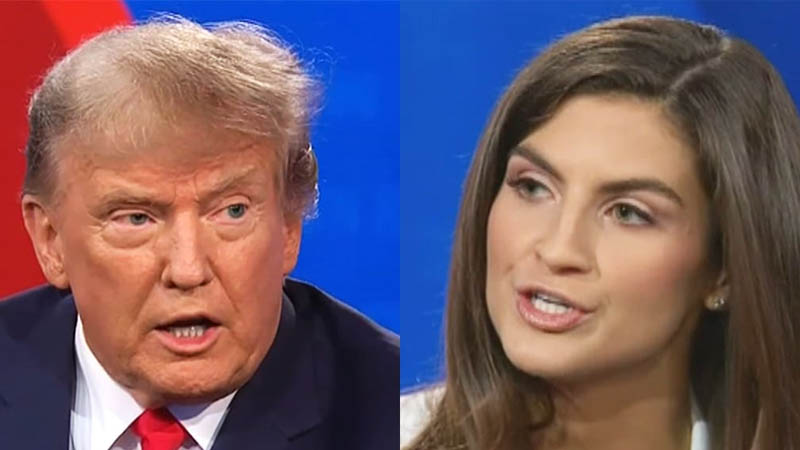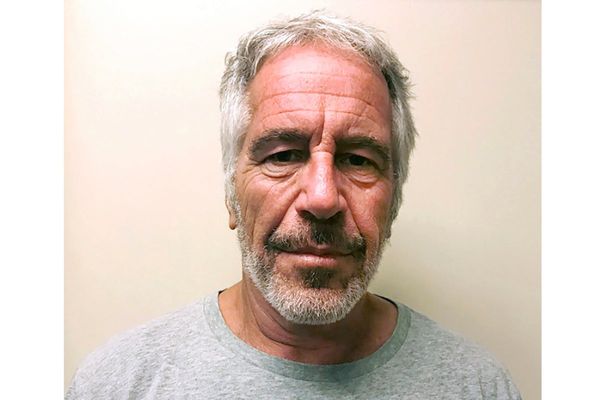
CNN anchor and Chief White House Correspondent Kaitlan Collins torpedoed a rant in which President Donald Trump claimed that overwhelmingly negative television coverage is now “illegal” and “no longer free speech.”
Trump spoke for an hour during a photo op in the Oval Office Friday, during which he claimed “I’m a very strong person for free speech.”
He then added “But 97, 94, 95, 96% of the people are against me in the sense of the newscasts are against me. The stories are– they said 97% bad. So, they gave me 97, they’ll take a great story, and they’ll make it bad. See, I think that’s really illegal, personally.”
Trump later said such coverage is “no longer free speech. That’s no longer anything. That’s just cheating.”
On Friday night’s edition of CNN’s The Source with Kaitlan Collins, Collins opened her show by bluntly reminding Trump of the foundational instruments that refute his assertions — namely the clauses of the First Amendment:
Collins didn’t waste time cutting through Trump’s comments. She pointed out that the First Amendment explicitly protects freedom of the press and ensures that even coverage a president might hate is still protected speech. She used her opening monologue to put Trump’s remarks into context for viewers who might have been unsettled by his choice of words.
Trump’s frustration with media coverage has been a long-running theme, but his comments Friday pushed into even more aggressive territory. By calling negative stories “illegal,” he moved beyond criticism into questioning whether the press should be allowed to report critically at all. His suggestion that negative coverage amounts to “cheating” only sharpened the attack.
CNN’s Kaitlan Collins Torpedoes Trump’s Mean Coverage Is ‘Illegal’ Ranthttps://t.co/LZkwFTqYlt pic.twitter.com/lftHf7SZRS
— Tommy moderna-vaX-Topher (@tommyxtopher) September 20, 2025
Collins countered by reminding her audience that the framers of the Constitution were deliberate in placing press freedom at the heart of American democracy. For viewers, it was a direct reminder that criticism of leaders, even when harsh, is the very definition of protected speech. Her response reframed the moment as less about Trump’s grievances and more about why the country protects a free press.
What made this exchange stand out was not that Trump was bashing the media again, but that he was essentially questioning whether bad coverage should be allowed in the first place. It also came in a setting meant to look routine, a photo op in the Oval Office, which gave his claims added weight. The idea that a sitting president would suggest making negative press coverage illegal struck a nerve.
Collins, who has often pressed Trump in interviews and press briefings, showed again how she uses her platform to push back on misleading or troubling statements. Her decision to immediately highlight the First Amendment was a way to not just fact-check him but to remind viewers of the guardrails that keep political disputes from sliding into something darker.
The exchange underscored the ongoing tension between Trump and the media, one that has shaped his presidency and his time out of office. But it also served as a snapshot of how journalists continue to navigate their role when political leaders attack the very idea of press freedom. For Collins, the choice was clear: remind the audience that criticism, even if lopsided, is not only legal but essential.







